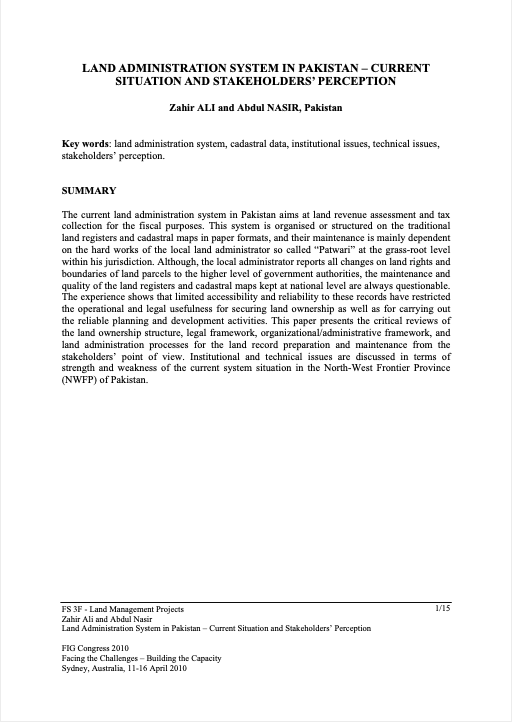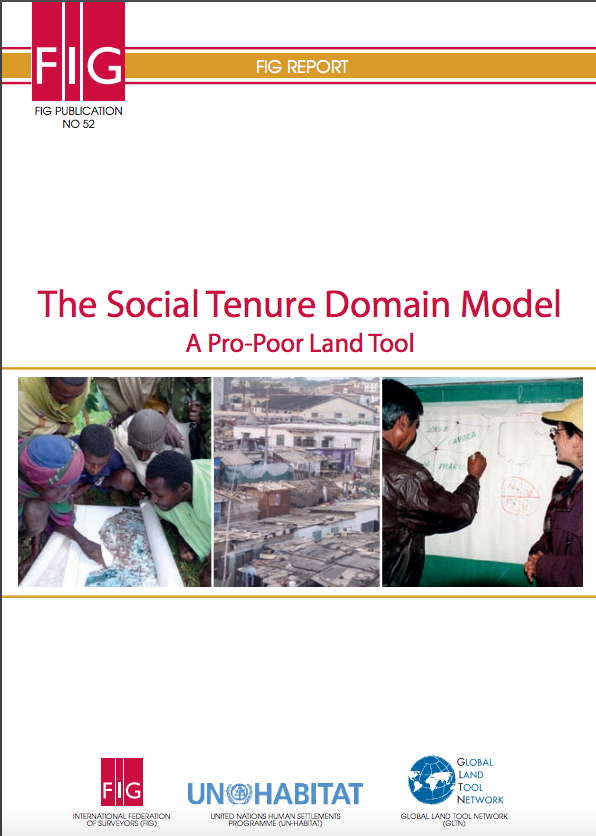Use of cadastre data in cadastral assessment models
In order to ensure operation of the Cadastre, the Cadastre information system is being maintained and improved. Cadastre text and spatial data regarding cadastre objects, which are located in the territory of Latvia, are registered and maintained in the Cadastre information system. In order to specify the value of particular cadastre object, four models of cadastral assessment are developed. These models provide cadastral assessment of all cadastre objects registered in the Cadastre information system.





